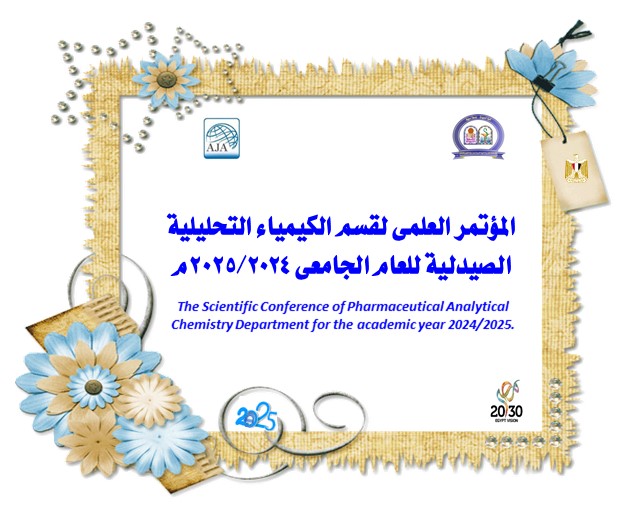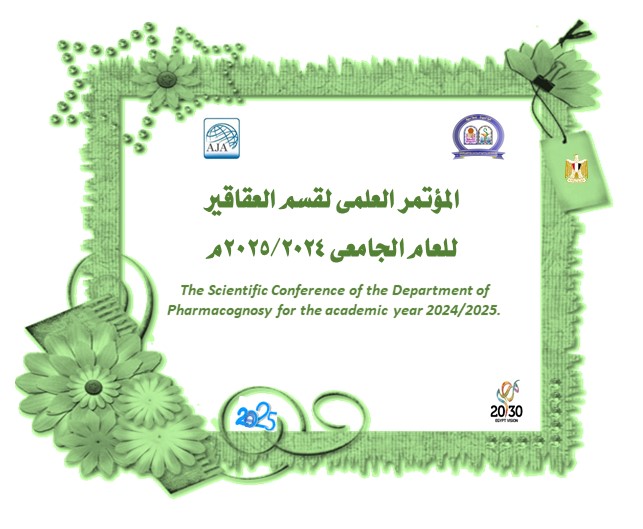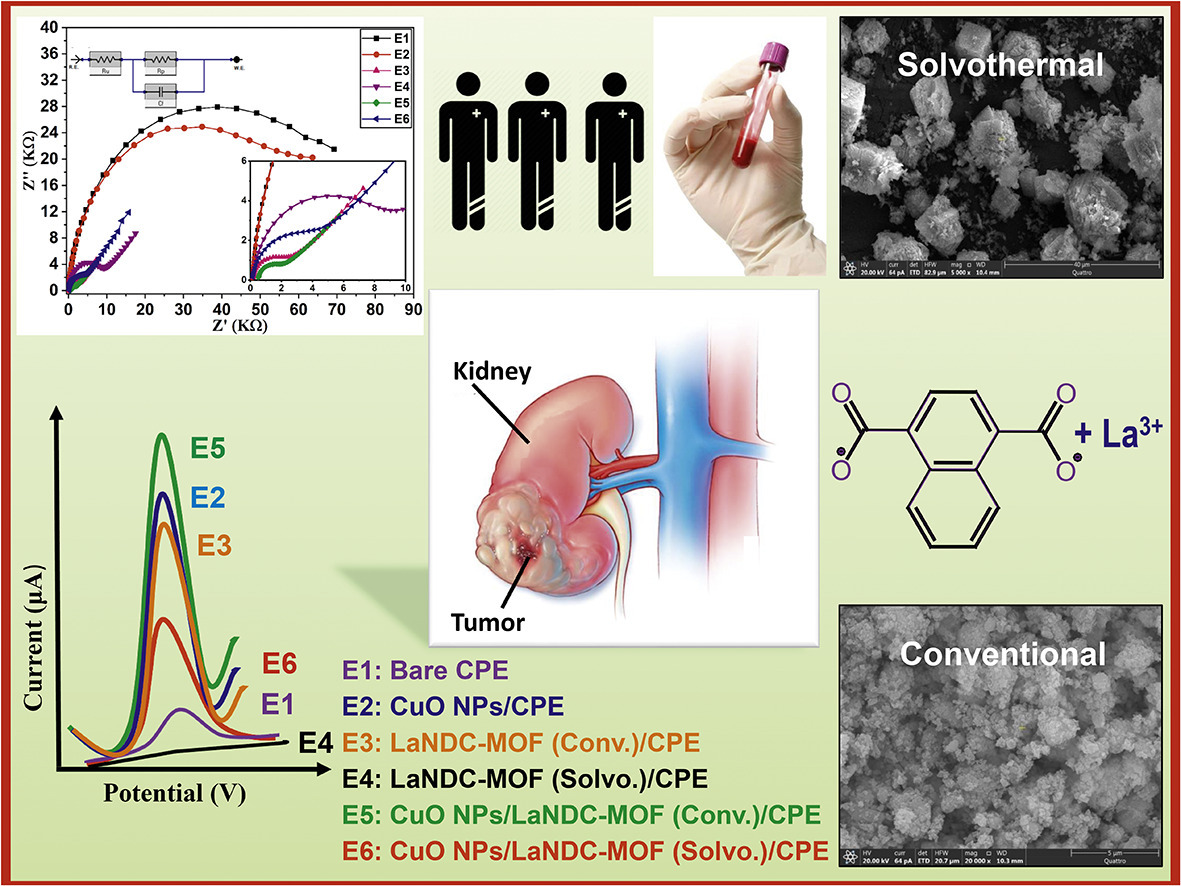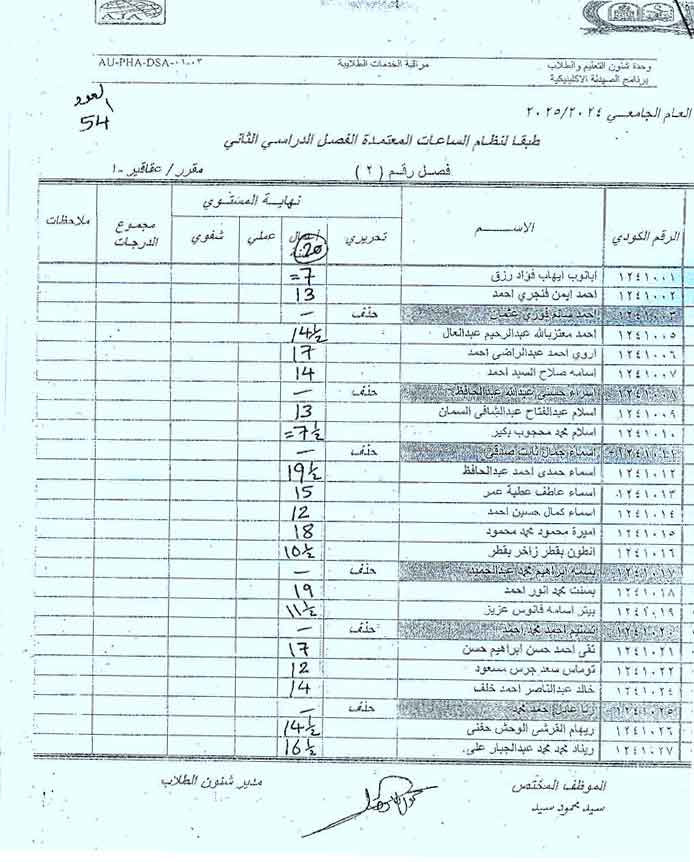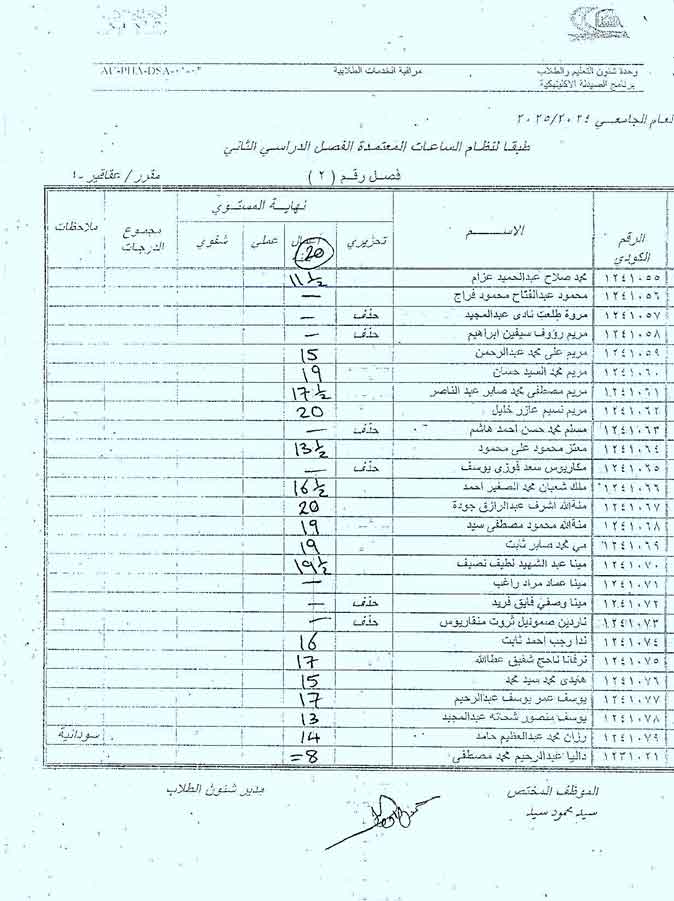Meeting of the Council of the Pharmaceutical Analytical Chemistry Department, Faculty of Pharmacy This will take place on Monday, April 7, 2025
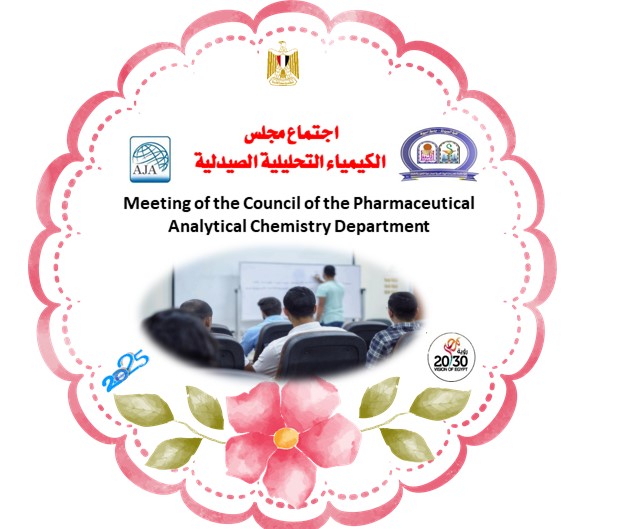
God willing, The Pharmaceutical Analytical Chemistry Department Council will hold its regular monthly meeting number (524) This will take place on Monday, April 7, 2025, at 12:00 PM.




